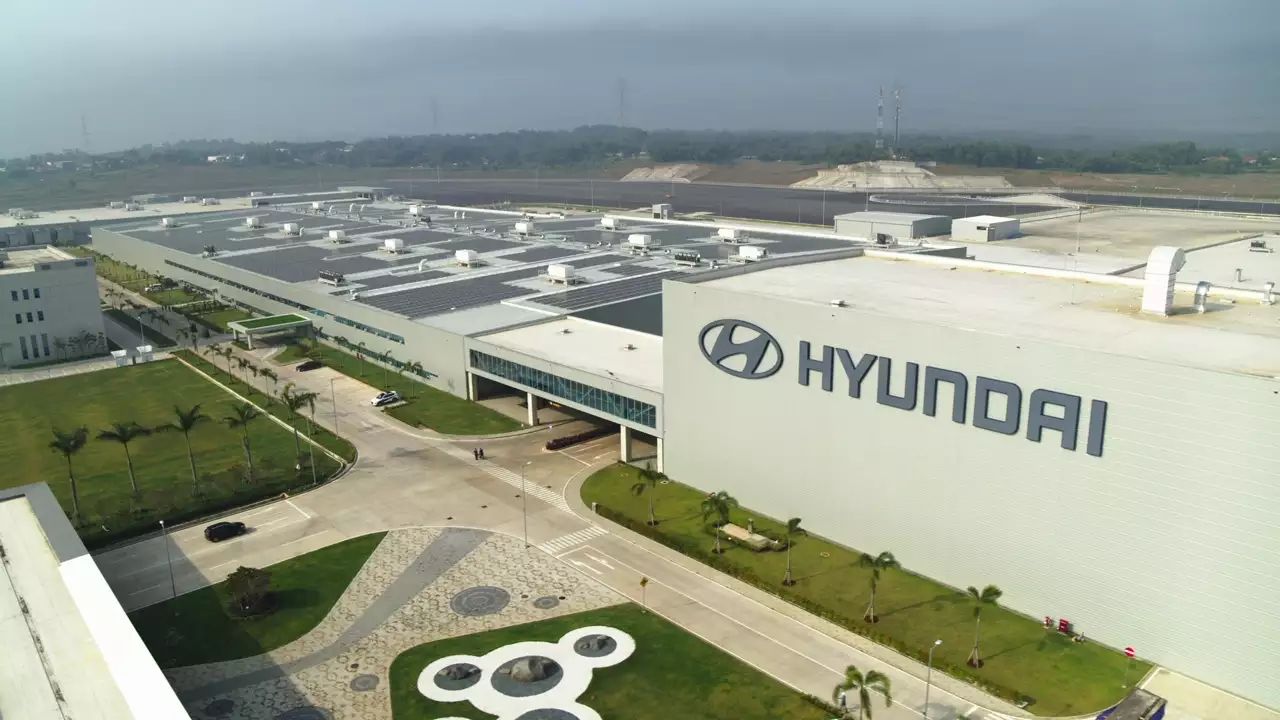Hyundai, a name synonymous with quality and innovation in the automotive industry, is a crucial player in South Korea’s economy, which stands as Asia’s fourth-largest. With limited resources, South Korea’s remarkable growth can be attributed to its diverse industrial landscape, encompassing automobiles, consumer electronics, shipbuilding, machinery, petrochemicals, and robotics. The country has navigated financial challenges, including the global recession of 2008, thanks to its robust fiscal reserves and low debt.
Among the conglomerates, or chaebols, that dominate this landscape, Hyundai stands out, contributing significantly to the nation’s GDP alongside giants like Samsung and LG.
The Genesis of Hyundai
The history of Hyundai Group began in 1940 with Chung Ju-yung, who opened a modest car repair shop. His entrepreneurial journey faced numerous hardships, including the destruction of his shop during World War II.
However, after the war, he revived his business, founding Hyundai Auto Service. The subsequent years saw rapid expansion, with Chung diversifying into construction in 1947, establishing Hyundai Engineering and Construction Company.
This expansion continued through the 1980s, as Hyundai diversified into sectors such as pharmaceuticals, petrochemicals, finance, and telecommunications.
Hyundai’s Indian Odyssey
Hyundai Motor’s foray into India began in 1996 with the establishment of its first manufacturing plant in Irungakottai, near Chennai. This facility marked Hyundai’s largest plant outside South Korea and became a cornerstone for the company’s success in the Indian market.
By 1998, Hyundai launched the Santro, a model that would play a pivotal role in its Indian success story and one that quickly became a household name.
The Santro, known as the Atoz in international markets, was introduced at the Delhi Auto Expo in 1998, marking a significant milestone for Hyundai. The hatchback’s unique “tall boy” design, characterized by a high roofline for enhanced comfort and ease of entry, resonated with Indian consumers.
Read more: ‘It’s Hyundai, Like Sunday’: A Super Bowl lesson in pronunciation
The name “Santro” itself was a product of creative brainstorming, derived from the French city of Saint-Tropez, known for its association with glamour and style. BVR Subbu, then marketing director, played an instrumental role in shaping the car’s image, with the marketing strategy aligning closely with the emerging trends of Euro-chic aesthetics.
Marketing Strategy and Brand Endorsement
To strengthen its foothold in the competitive Indian market, Hyundai enlisted Bollywood superstar Shah Rukh Khan as its brand ambassador.
The multi-part ad campaign effectively showcased the Santro, featuring Khan transitioning from skepticism to enthusiastic advocacy. This strategic move not only enhanced brand visibility but also established an emotional connection with the audience.
Hyundai’s commitment to innovation was evident through consistent upgrades to the Santro model. The introduction of the Santro Xing in 2003 revitalized interest and maintained robust sales figures, with the model achieving sales of over 60,000 units annually within two years of its launch.
The Santro held its ground as a leader in the hatchback segment until its discontinuation in 2015, when the i20 took center stage in Hyundai’s lineup.
Recognition and Legacy
Hyundai’s vehicles have been recognized for their reliability and safety, earning accolades in the Indian automotive sector. Notable winners of the Indian Car of the Year (ICOTY) award include:
– i10 – 2008
– Grand i10 – 2014
– Elite i20 – 2015
– Creta – 2016
– Verna – 2018
– Venue – 2020
– i20 – 2021
– Exter – 2024
Hyundai Motor India Limited (HMIL), a wholly owned subsidiary of Hyundai Motor Company, launched its an initial public offering (IPO) that could raise over Rs 25,000 crore, in October 2024. As of FY23, Hyundai has solidified its position as the second-largest carmaker in India, with a market share of 15%, trailing only Maruti Suzuki.
Hyundai’s journey from a small repair shop to a titan in the global automotive industry is marked by resilience, strategic vision, and an unwavering commitment to quality. Its legacy in India, particularly through the Santro, has left an indelible mark on the automotive landscape, setting a benchmark for competitors and shaping consumer expectations for decades to come.
Read more: Hyundai Motor India IPO: SEBI clears path for record-breaking public offering
